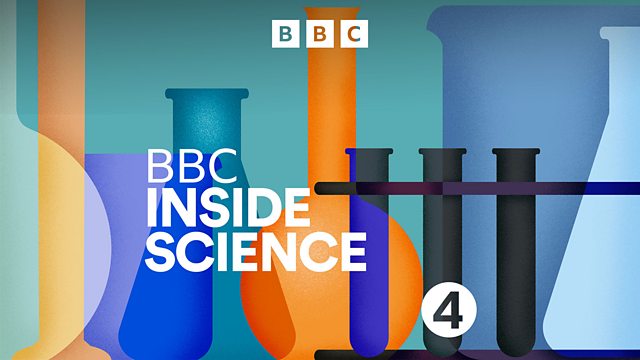Moon dust; Electro-ceuticals; Soil and climate change; Dogs' tails
The LADEE spacecraft is currently orbiting the moon, investigating the lunar atmosphere and the toxic perils of moon dust. Dr Lucie Green talks to NASA scientist Sarah Noble.
A NASA spacecraft the size of a sofa is currently orbiting the Moon, gathering information about the toxic perils of moon dust. Dirt from the moon is sharp, spiky and sticky and it caused enormous problems for early astronauts as Professor Sara Russell from the Natural History Museum tells Dr Lucie Green. Joining Lucie from NASA HQ in Washington DC, Sarah Noble, programme scientist on the LADEE Mission, tells her that understanding the make-up and movement of lunar dust is vital to ensure humans can work on the Moon in the future.
Electroceuticals is the new research area for medicine, tapping into the electricity transmitted through the vast network of nerves that run throughout our bodies. Kerri Smith reports on how the body's natural wiring could become a valuable tool for treating organs affected by disease. Glaxo Smith Kline has just invested 拢30 million into electroceuticals and researchers in labs around the world are working on devices that could "plug" into troubled organs and correct the electrical signals that have gone awry.
The impact of man-made climate change tends to focus on the things we can see, like shrinking glaciers or the weather. But a study published in Nature this week by a team in Spain, focuses on the impact underground, on the make up of the soil in a sizeable part of the earth's land, the drylands. The impact of increasing aridity is dramatic, affecting the delicate balance between nitrogen, carbon and phosphorus, with serious implications for soil fertility. David Wardle, Professor of Soil and Plant Ecology at the Swedish Institute of Agriculture, tells Lucie Green that this important new study spells out the risks when delicate chemical balances are upset.
Oceanographer, Helen Czerski, revealed her instrument, a giant buoy, on Inside Science's Show Us Your Instrument slot in the summer. This week, Helen is launching the buoy into the stormy seas South of Greenland, and Inside Science listeners are being called on to come up with a name ! Bob anyone ? Or Lucie's suggestion, Buoyonce ?
Dogs wag their tails more to the right when they're happy and relaxed; more to the left when they're anxious. Georgio Vallortigara, Professor of Neuroscience at the University of Trento in Italy has now shown that asymmetrical tail wagging actually means something to other dogs.
Producer: Fiona Hill.
Last on
Broadcasts
- Thu 31 Oct 2013 16:30大象传媒 Radio 4
- Thu 31 Oct 2013 21:00大象传媒 Radio 4
Explore further with The Open University
Discover more fascinating science content with The Open University
Podcast
-
![]()
大象传媒 Inside Science
A weekly programme looking at the science that's changing our world.


